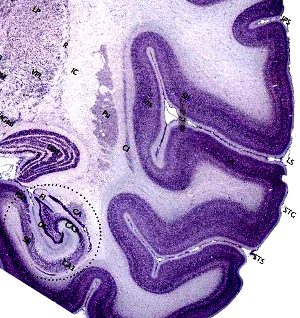Full cell map coming
 Researchers are getting closer to creating a complete map of all human cells.
Researchers are getting closer to creating a complete map of all human cells.
An international team of over 3,600 scientists, including contributors from Australia, is making strides toward mapping every one of the estimated 37.2 trillion cells in the human body.
Since the Human Cell Atlas (HCA) project launched in 2016, progress has been steady, with researchers now releasing preliminary maps of crucial regions such as the brain, gastrointestinal tract, and skeletal structures like skull bones and joints.
Recent findings, detailed in a collection of papers published across Nature journals, highlight the transformative potential of the initiative.
By creating a "draft map" of human cells, the project aims to deepen understanding of how cellular differences influence medical outcomes, from responses to treatments to the progression of diseases.
One standout achievement is the development of an atlas of brain organoids - miniature brain models grown in the lab.
These organoids offer a unique view into how aspects of the brain form and function during development, providing a valuable tool for studying conditions such as neurological disorders.
Similarly, new insights into the gastrointestinal tract have emerged, with researchers charting the cells from the mouth to the colon, including variations in people with diseases like Crohn’s.
Another addition to the atlas comes from studies of human embryonic development.
These findings reveal how skeletal structures, including joints and skull bones, form in the first trimester of pregnancy.
New tools, such as the ISS-Patcher for spatial transcriptomics, have played a key role in mapping cell behaviour during these early stages.
The research also includes methods for linking genetic traits to specific cell types, offering clues to conditions like osteoarthritis.
The project owes much of its success to cutting-edge technologies, particularly the use of artificial intelligence and machine learning.
These tools help researchers integrate data from across the body, identifying patterns and relationships between different cell types.
One such method uses gene expression profiles to compare cells, shedding light on their similarities and unique roles.
While the work has advanced significantly, challenges remain.
Fully capturing the dynamic nature of human cells and ensuring findings apply across diverse populations will require continued international collaboration and innovation.
However, researchers are optimistic about the project’s broader implications.
The HCA has already begun to reshape understanding of how cellular diversity affects health and disease, paving the way for breakthroughs in personalised medicine and genetic research.








 Print
Print